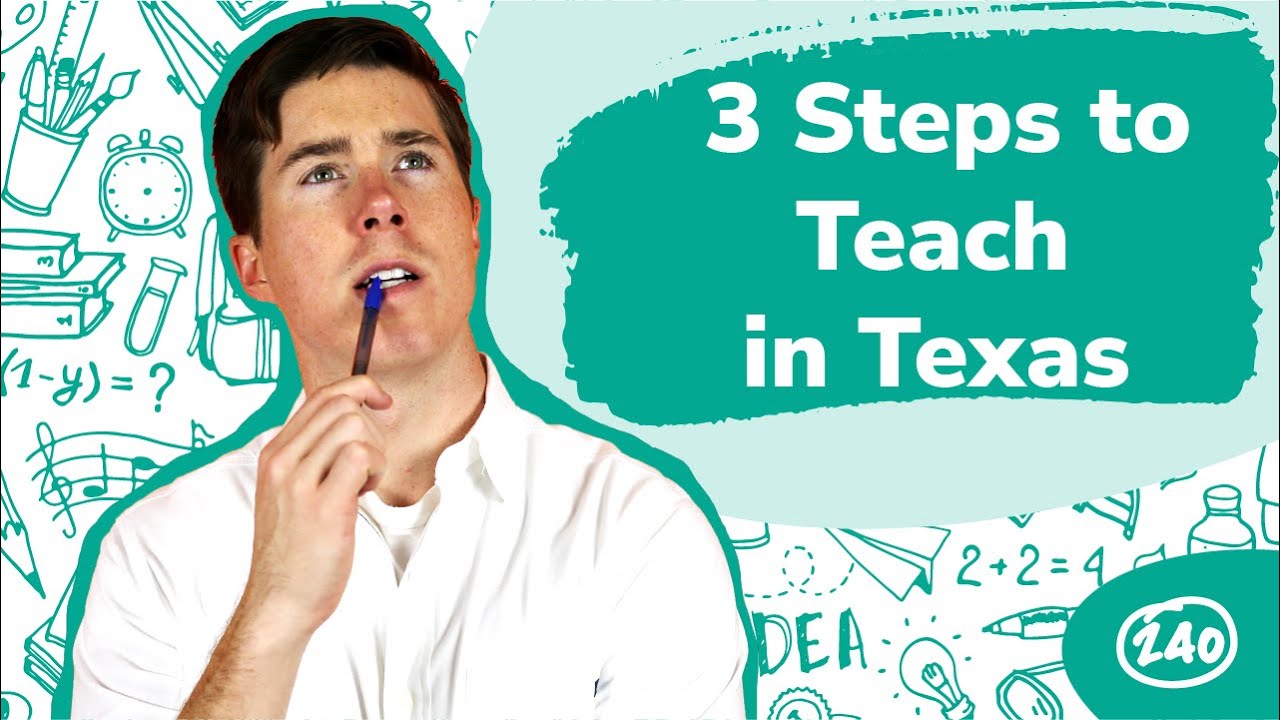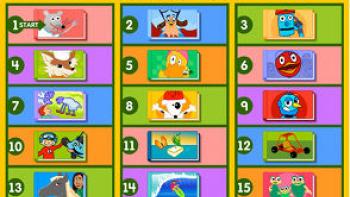
To celebrate 100s Day you can build a tower and donate food to the cause. This day can be celebrated in many other ways, including writing 100 compliments for teachers or students. There are many other ways to celebrate this day.
Count to 100 by 10's
Counting to 100 using tens is an excellent way to introduce place value to your children. Use a 100s chart to guide you through this activity. Students can add one spot each day to represent a new number. They can also discuss the pattern and share their findings. Counting to 100 with tens introduces the idea of grouping numbers according to number.
A hundred-graph chart is another fun way to teach 100 counting. Students use this activity to help with number sequencing and counting skills. Students can either do this activity by themselves or with their partners.

Build a tower
For 100s Day, ask your students to build a tower. Give each team a bin with construction materials and a card. The task tells them to build the base of a tower and add legs. Then, they need to build a base and add legs. The tower must be completed by adding the legs from the other teams to its base.
STEM challenges can be a fun way for kids to learn by building towers. Simple stacking two blocks is one of the easiest types of towers. As they grow older, they will be able build towers of ten or more blocks. You can also build taller towers using specialty blocks such as Legos or Duplos.
Make a book
If you have the skills and desire to make a cookbook, you can do so using a variety of resources. You can find these tools online. Many include a tutorial and templates. Another allows you to upload your own design for the cover. You can choose from one of the predetermined categories, or create your own. Then, you can upload your recipes and create your cookbook.
A cookbook can be made from multiple sources. This kind of cookbook can look just as beautiful or fun as the recipes. A template can be used to create your cookbook. You can modify it to suit your tastes and personalize it with photos of your recipes. You can include stories into the cookbook if you want.

Make a necklace
Making a necklace is a great way to celebrate 100 years of your child. This activity not only celebrates this milestone, but it can also promote math and color recognition skills. Brightly colored beads and lacing material are needed. You can wear your 100s Day necklace all day. Or, you can send it home.
Even though these two activities are extremely time-consuming, it is possible to make a necklace by using a 100 pattern blocks challenge or a 100 cup challenge. Brooke Brown offers a STEM for 100 days challenge pack that will allow you to do a hands on activity. It contains many ideas for activities that are quick and easy to prepare, and it's completely free!
FAQ
What does it really mean to be an early childhood teacher?
An early childhood teacher must have specific training. Most states require teaching candidates to get certification from state boards in order to be allowed to teach in public schools.
Some states require teachers passing tests in math and reading.
Some states require teachers who teach early childhood education to have completed a certain amount of coursework.
Most states have minimum requirements regarding what teachers should know. These requirements can differ from one state to another.
How long should I prepare for college?
The time it takes to prepare to go to college will depend on how much time you are willing to dedicate to your studies. It is a good idea to start college preparation courses immediately if your goal is to attend college as soon after you graduate high school. If you are planning to leave school for a while before you can attend college, it is probably not necessary to start planning.
Your parents and teachers should be involved in your discussions. They might suggest specific courses. You should keep track of which courses you took and what grades you got. This will allow you to know exactly what you need for next year.
What is a Trade School?
For those who have not been able to get a degree at traditional higher education institutions, trade schools offer an alternative route. They provide career-oriented programs to help students prepare for specific occupations. The programs offer two-year courses in one semester. Students then go on to a paid apprenticeship program, where they are trained in a specific job skill set and given practical training. Trade schools can be vocational schools, technical colleges or community colleges. Some trade schools also offer associate degree programs.
What is the best time to spend on each semester studying?
The amount of time you study depends on several factors: 1) How important the course is to your degree program; 2) How difficult the course is; 3) Whether you've taken the course before; 4) Whether you've studied other courses during the same semester; 5) Whether you're taking more than one class per week; 6) Whether you have outside commitments; 7) Whether you're enrolled full-time or part-time; 8) Whether you have financial aid available to pay for school expenses; 9) Whether you're living at home or off campus; 10) Whether you're married or single; 11) Whether you have children; 12) Whether you're going to school part-time or full-time; 13) Whether you plan to graduate early or later.
These factors are not the only ones. Some schools may also require you to take certain classes each year. This means you won't necessarily have the flexibility to take fewer courses in a given semester. Your advisor can advise you on the courses that you must take each semester.
Who can homeschool?
Anyone can homeschool. There are no required qualifications.
High school graduates can still teach their children. Many families decide to teach their grandchildren while they are still in high school.
Parents with less formal education can learn how to teach their children.
Parents can become certified teachers after completing certain requirements. These requirements are different for each state.
Some states require homeschooled students take a test to graduate. Others do not.
Homeschooling parents should register their family at the local school district.
This involves filling out paperwork that is then submitted to the school board.
After registering, parents may enroll their children into public or private schools.
Some states allow parents to homeschool, but they must register their children with the government.
If you are a resident of one of these countries, you will have to ensure your children adhere to the state's compulsory attendance requirements.
What are the requirements to be a teacher in early childhood education?
First you need to decide if your career path is in early childhood education. A bachelor's degree is required if you are interested in a career as an early childhood educator. Some states require that students earn a master’s degree.
You will also likely need to attend classes during the summer months. These courses can be taken to learn about topics such as pedagogy and curriculum design.
Many colleges offer associate programs that lead to teaching certifications.
Some schools offer bachelor's or certificates in early childhood education. Others only offer diplomas.
Teaching at home may be possible without additional training.
What's the difference between college and school?
Schools are often divided into classes or grades, with one teacher teaching a class of students. Colleges are bigger organizations that offer more specialized courses and may include university-level courses. Colleges may focus more on business and science while schools will usually only teach basic subjects. Both levels have a curriculum that prepares students for higher education.
Statistics
- Think of the rhetorical power of nineteenth-century abolitionist Harriet Beecher Stowe, Martin Luther King, Jr., or Occupy Wall Street activists with their rallying cry of “we are the 99 percent.” (bostonreview.net)
- Data from the Department of Education reveal that, among 2008 college graduates, 92.8 percent of humanities majors have voted at least once since finishing school. (bostonreview.net)
- Among STEM majors, that number is 83.5 percent. (bostonreview.net)
- “Children of homeowners are 116% more likely to graduate from college than children of renters of the same age, race, and income. (habitatbroward.org)
- These institutions can vary according to different contexts.[83] (en.wikipedia.org)
External Links
How To
What is vocational Education?
Vocational Education prepares students for work by giving them skills that are required for a specific job, such as welding. It includes training on the job in apprenticeship programs. Vocational education is different from general education in that it prepares individuals for specific career paths rather than acquiring broad knowledge for future uses. Vocational training is not designed to prepare individuals for university but rather to assist them in finding jobs upon graduation.
Vocational education is available at all levels of education, including primary, secondary, high school, college, universities, technical institutes as well as trade schools, community colleges and junior colleges. Many specialized schools are available, including nursing and culinary schools, law schools medical and dental schools, veterinary medicine school, veterinary medicine schools, firefighting training schools, police academies, military academy, and other military schools. Many of these provide both academic instruction and practical experience.
Over recent decades, there have been significant investments made in vocational education by many countries, including Australia, Denmark (Finland), Germany, Ireland and Japan. However, the effectiveness of vocational education remains controversial. Some critics claim it is not effective in improving students' employability. Others argue that it helps them prepare for life after school.
According to the U.S. Bureau of Labor Statistics 47% of American adults have a postsecondary certificate. This percentage is higher among those with higher education. 71% percent of the 25-29 year olds with a bachelor's degree are currently working in fields that require postsecondary credentials.
The BLS reported in 2012 that almost half of all adults had some type of postsecondary credential. Around one-third of Americans hold a two or four-year associate degree. One out of five Americans held a master's degree or doctorate.
The median annual wage of a bachelor's degree holder was $50,900 in 2013, compared with $23,800 for someone without one. The median salary for people with advanced degrees was $81,300.
The median wage for people who did not finish high school was only $15,000. Earn $13,000 per annum for those with less high school diplomas.